The content of the article
Amazingly beautiful tender inflorescences of violets are a real decoration of alpine hills, flower beds, balconies and loggias. But there is a variety of these plants that are grown at home. And their scientific name is "Saintpaulia."
Despite the fact that indoor violets are unpretentious plants, for some reason they do not take root in some beginning flower growers. There may be several reasons for this, and all of them, as a rule, are associated with violations of the requirements for the care of Saintpaulias.
Variety of violets
Home violet - a relative of the garden. Therefore, the “claims” of them are practically the same. But you should still do a calculation on the growing conditions, because artificially created can not completely reproduce the natural habitat for these flowers.
Therefore, in the apartments you can see more hybrid varieties of violets that are grown to adapt to the home climate.In a variety of species there are varieties that differ not only in size and color (monochromatic or boiling with a large range of colors), but also of petals and inflorescences of various shapes.
Along with the traditionally developing bushes are found among home violets and ampelous varieties. But on the branched stems, smoothly “flowing” down, the inflorescences are much smaller.
Habitat
If you are going to start a violet room, try to create conditions close to natural ones. First of all, the comfort of Saintpaulia depends on the habitat, or rather, the soil in which it will grow.
The soil for the violet should be sufficiently nutritious and have a loose structure. Great importance is attached to the proportional ratio of the components included in the substrate. Take the ground sheet (black soil) as a basis - it should be composed of 5 parts. 3 parts of the substrate is peat and 1 part - sand. As additional components - sphagnum moss and charcoal.
Drainage plays an important role here, so don’t forget to place claydite balls or river pebbles on the bottom of a flower pot.This will prevent stagnant water in the soil. Otherwise, excess fluid will cause root rot.
When choosing a flower pot should take into account the characteristics of the plant itself. The roots of violets do not grow deep, but “spread out” to the sides, settling down in the top layer of soil. So the capacity should not be chosen deep, but quite spacious in width. Optimal for the cultivation of violet home are considered such dimensions of the flower pot: depth is within 6 - 9 cm, width - not less than 4 cm.
Violet care
Calling a violet capricious, flower growers thus justify their or ignorance of the rules of care for indoor plants, or inattention to pets. If you strictly observe the regimes of breeding flowers on the windowsills, then Saintpaulia will bestow colorful splendor. A violet can bloom throughout the year.
Having studied the rules of caring for indoor plants, you will understand that even lazy can cope with the “character” of violets.
- Temperature mode. Violets require not hot temperature. Therefore, in the room should be maintained constant parameters in the range from 20 to 24C in the summer and 18 - 20C in winter.Lack of oxygen can destroy the plant. Therefore, the room should be aired regularly. And for this period, the violet will have to endure in another room.
- Illumination. Violet loves to "bathe" in the sun. But a direct hit on a plant of light should, nevertheless, be avoided in order to prevent burns. Blinds on the windows will provide good dispersibility of direct rays of the sun. For abundant bloom in the winter, it will be necessary to artificially extend the daylight hours (the total duration of illumination must be at least 12 hours).
- Irrigation mode. Violet loves to “drink”, but it is impossible to re-moisten the soil - regulate watering. Its frequency should not exceed 2 times a week at any time of the year. But the indicator for the next irrigation should be the degree of moisture of the land substrate. The best option would be irrigation through a pallet - lay on it clay or peat.
- Air humidity. Do not allow the air to dry in the room where the violet grows. But excessive moisture should not be so that it does not “fall” on the plants with dew. In this situation, and watering flowers will have to be reduced. Try not to freshen violet by spraying (especially during the flowering period) - itwill start to hurt.
- Feeding. "Feed" Saintpaulia need only fertilizers designed specifically for violet. The scheme of dressings depends on the season: in the fall and spring, mineral fertilizers are applied once a month; in winter - organic 1 time per season; in summer they look like a flower.
Reproduction violets
As they grow, the violet is transplanted into larger tanks. The best period for this is spring (March or April). The reproduction of flowers is also carried out at the same time. Saintpaulia can be diluted in several ways.
- Masking In an adult plant, carefully cut off the stepson with a scalpel, on which at least 3 leaflets form. The stepson can be planted directly into the soil, the composition of which was described above. Or first in peat tabletand when the stepson takes root, transplant into the ground.
- Child outlets. Violet develops inflorescences. And the more of them in one bitter, the more difficult the plant to develop. In the formation of daughter rosettes, they should be cut off from the parent plant and transplanted into separate pots.
- Cuttings. Vegetative reproduction of violet is the most popular, and the cutting method is the simplest. But you should cut only the leaves, located in the second row of the plant.It is possible to propagate by grafting in 2 ways: by planting directly in an earthen substrate or by pre-rooting a leaf in a solution of activated carbon.
Breeding features
Place the cut to sprinkle with activated carbon powder (raspklite tablet). This will prevent the violet from being damaged by microbes.
In order for rooting of planting material to pass faster, it is necessary to create greenhouse conditions. Cover the container with a plastic bag or piece of glass and stand in a similar way for several days. But do not forget to air daily, so that young sprouts do not rot.
Video: the secrets of naughty violet care


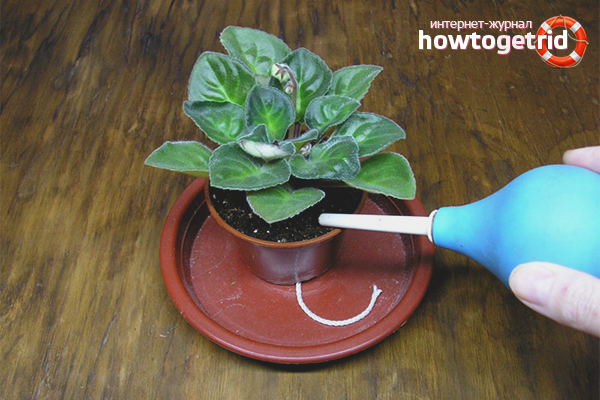


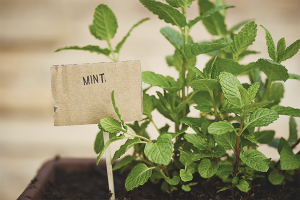
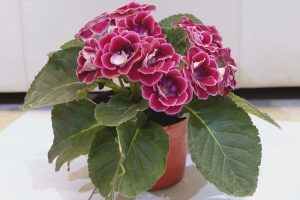
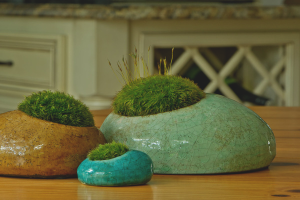
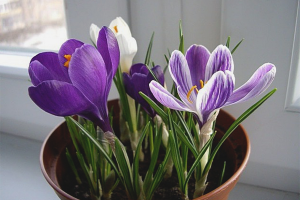
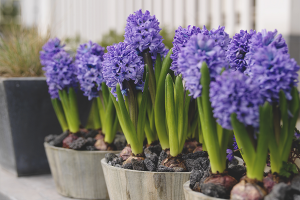
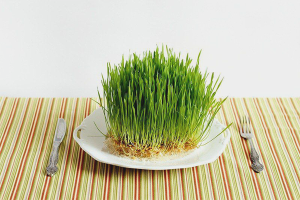
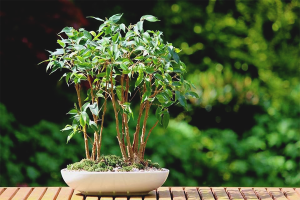
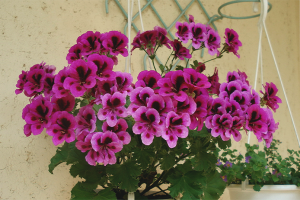
To send